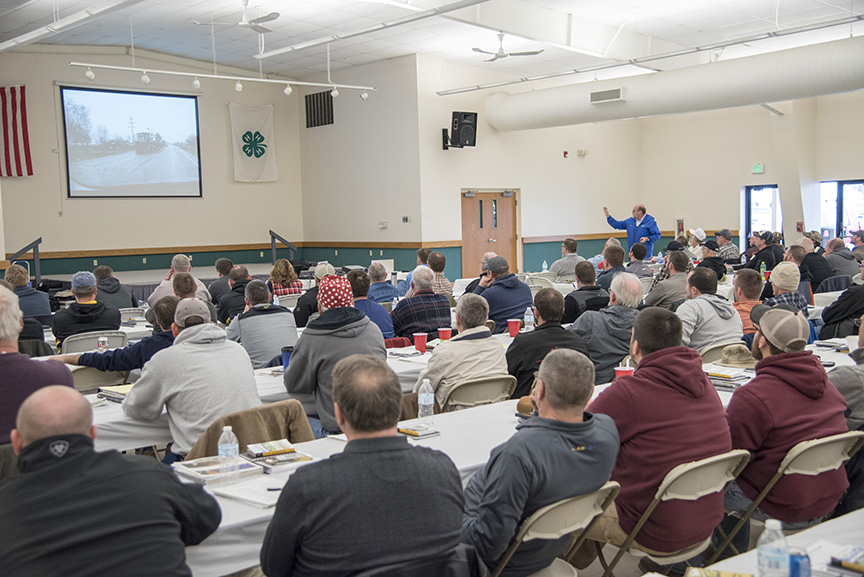
One of the topics that we get many questions about is picking a residual herbicide for soybean production that helps with waterhemp control.

One of the topics that we get many questions about is picking a residual herbicide for soybean production that helps with waterhemp control.

Purdue’s 2023 Crop Management Workshop

Many conversations I have about pastures with forage-livestock producers start with the question “What should I seed in my pasture?” Before that question should be addressed, the producer should first: define their objectives determine what types of livestock and classes within a livestock species will be grazing the pasture review soil data of the pasture on the “Web Soil Survey” sample soil and receive up-to-date soil test results develop a liming and fertilization plan if recommended by soil test inventory what currently is in a perennial pasture control problematic weeds, especially perennial weeds review crop rotation intervals of herbicides used the past two years consider source and quality of water evaluate whether the water source will reliably deliver water during dry weather determine what perimeter and interior fencing is needed to keep livestock in the pasture and paddocks think about whether hay storage or a corral will be in the[Read More…]

This summary is based on 55 field scale research trials conducted at Purdue Ag. Centers and with on-farm collaborators around the state of Indiana from 2014 – 2022.

Sulfur Deficiency
Sulfur (S) deficiency has become more common in
Indiana crops because S emissions from coal-fired power
plants have decreased over the past few decades
(Camberato et al., 2022). Consequently, atmospheric S
deposition to soils has also decreased.
Sulfur deficient corn plants exhibit a general yellow-
green color from top to bottom of the plant, often also
with visible leaf striping (Fig. 1). Other nutrient deficiencies
can cause striping and can sometimes be confused with S
© 2024 Purdue University | An equal access/equal opportunity university | Copyright Complaints | Maintained by Pest&Crop newsletter
If you have trouble accessing this page because of a disability, please contact Pest&Crop newsletter at luck@purdue.edu.